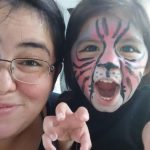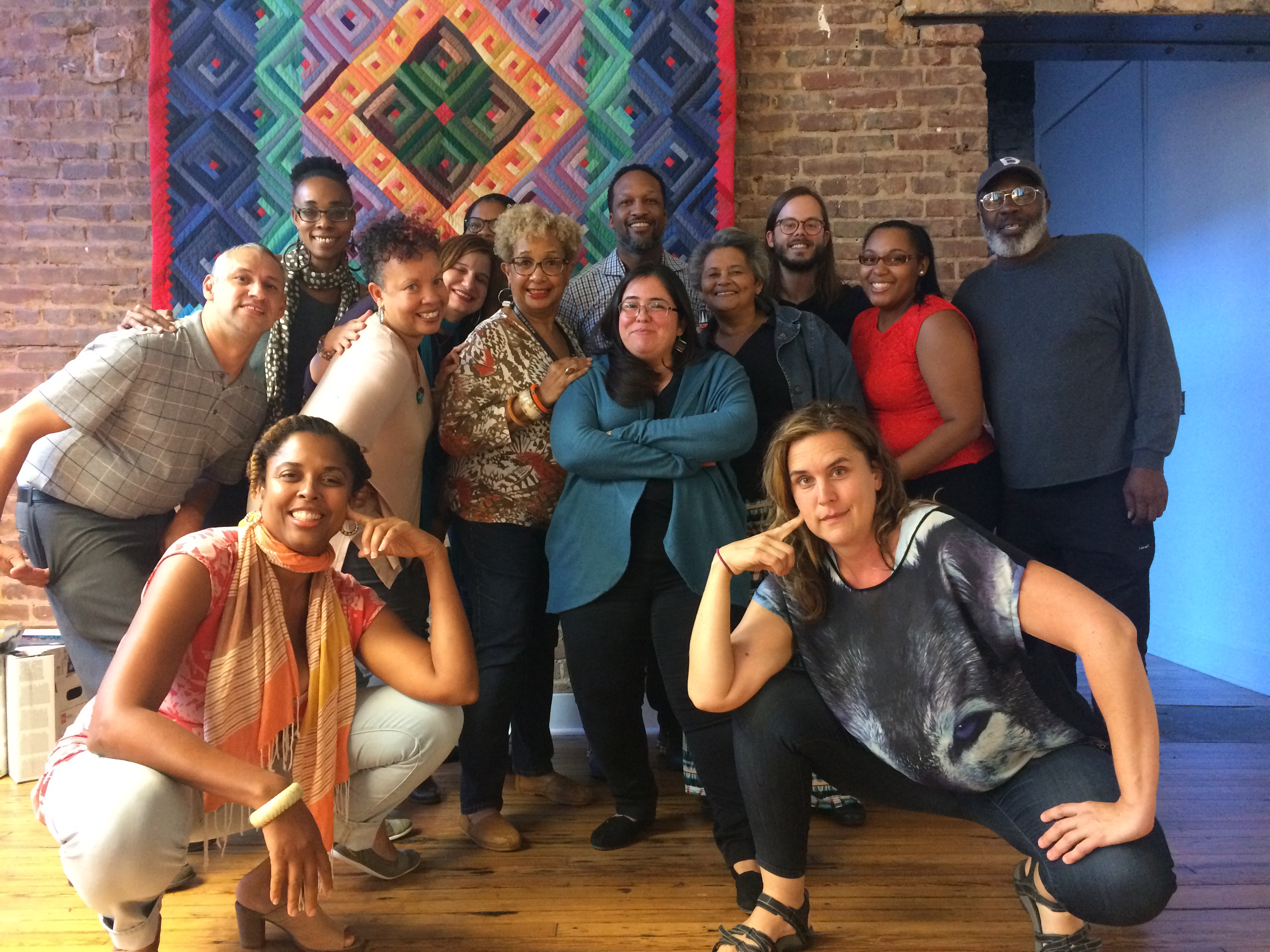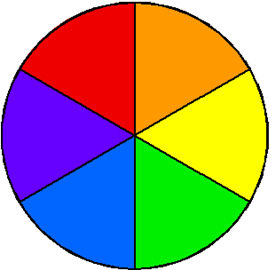The 2016-17 Executive Committee meets for the October Face-to-Face
Esmeralda Baltazar | December 5, 2016
For full meeting minutes from the October 2016 ExComm Face-to-Face, click here.
Dear ROOTers,
Imagine you are surrounded by the color-wheel, asked to pick a color, stand by it and then use that color to identify yourself. What color would you choose? And what would you share about your identity in relationship to this color?
This was the opening led by Alternate ROOTS Executive Director Carlton Turner to our Undoing Racism, Uprooting Oppression session at the Executive Committee meeting in October. He added that this exercise, The Color Line, was developed by Race Peace. So, what color did you choose and what would you share about yourself?
“My name is Esmeralda and it translates from Spanish to English as Emerald. When I think of the color green, I think of nature and my heritage. I think of the nopal or cactus, in my culture when someone is doing something very Mexican we say to them “Tienes el nopal en la frente, you have the cactus on your forehead.”
We all shared our color and stories about how we identify. What we heard from each other ranged from gender, sexuality, nationality, race, class, spirit, family, art, and culture. The color wheel lent itself to a broad conversation in any direction we wanted to take it, but we didn’t keep our conversation in the color wheel. We discussed later that society at large doesn’t stay in the broad and colorful wheel either.
Now imagine a white to black gradient, and you are asked, “on this spectrum, where would you place yourself and why?”
Do you know? Take a few minutes, less than five. I stood in disbelief. Do I really not know how to answer this? A part of me wanted to run a circle around the spectrum. With less than 5 minutes to figure out where I would place myself, I hesitated to own a place standing with my Black colleagues. I braced for the uncertainty of what would come out of my mouth when asked why I chose the spot I was in. “If you ask me, I’m going to choose Black, because I hate how often our Black ancestry is erased from my Mexican heritage.” I didn’t add that as a Xicana to identify as only white drives me crazy, but I did finish my sentence by acknowledging the color of my skin. It is not black. It is more white than black. I can’t escape my skin tone. Nor could we escape the follow-up question,
“Where would society place you?”
Do you know? Was it easy? We quickly answered that question as a group. Everyone took part in the spectrum at that point. We all knew how we are viewed.
What does it mean that some of us stayed in the same place or not too far off from what we had chosen for ourselves on the spectrum? I answered differently for each question and was left pondering what it meant that the way society sees me is not how I see myself. What does that mean for uprooting racism and undoing oppression?
Most importantly, why can’t we be viewed as more complex than a black-white gradient spectrum? Society and I, and a lot of us, are at odds but more literally my skin tone and my political/historical beliefs about my identity are at odds with society’s narrative of me, of my identity. Isn’t this the case for a lot of our slandered community members?
If you’re Black, you’re dangerous.
If you’re Muslim, you’re a terrorist.
If you’re LGBTQ, you’re a pedophile.
If you’re Mexican, you’re a rapist.
If you’re a woman, you’re emotional.
If you’re an immigrant, you’re a criminal.
I’m sure you could add to this list. What else have you heard society say about your perceived identity? Personally I’m left with more questions than answers.
What does it mean to acknowledge my Black, Indigenous, and Spanish ancestry, but present physically to society as white? What does it mean to do activities like this when our country reeks of white supremacy, and anti-blackness, but also of islamophobia, homophobia, xenophobia, and all the other phobias against our humanity?
As a visual artist, I craved to think of the spectrum in relationship to the color wheel. Black and white stand on their own in painting, but they also tint the colors on the color wheel. This allows us more room to create what is real, they shade the variety of diversity in the color wheel. How then do we hold the power struggles in the white-black spectrum, and the complexities of our identities outside that spectrum? How do we shift a culture of anti-blackness and white supremacy as artists? How do we get to what it looks like to undo racism and uproot oppression? What does this mean for a nation where a broad group of people, identifying in a variety of ways, do not feel safe and secure? What does it mean for our personal power to be safe, secure, and empowered to be our full and whole selves? How do we hold each other’s humanity collectively?
Are there answers, or simply more discussions ahead? At the core, this activity and discussion posed a question for all of us as artists, cultural bearers, and members of an arts and social justice organization: what are we doing to model a non-oppressive/anti-racist world we want to live in? Because after the elections no one can affirm that we live in a Post-Racial America, we never have.
…..
 Esmeralda Baltazar is an aunt, visual artist, wanna-be writer/dancer/singer/all-things-art, educator, and activist with roots in San Antonio, TX. She is a member of the education team at the Highlander Research and Education Center based out of New Market, TN.
Esmeralda Baltazar is an aunt, visual artist, wanna-be writer/dancer/singer/all-things-art, educator, and activist with roots in San Antonio, TX. She is a member of the education team at the Highlander Research and Education Center based out of New Market, TN.



